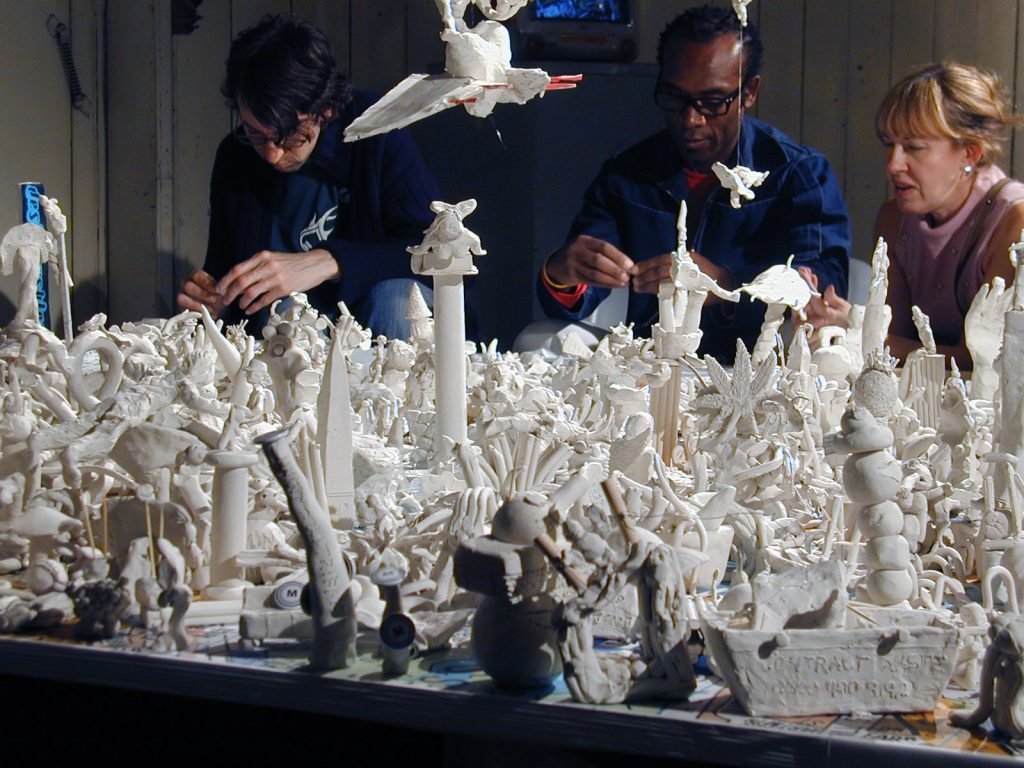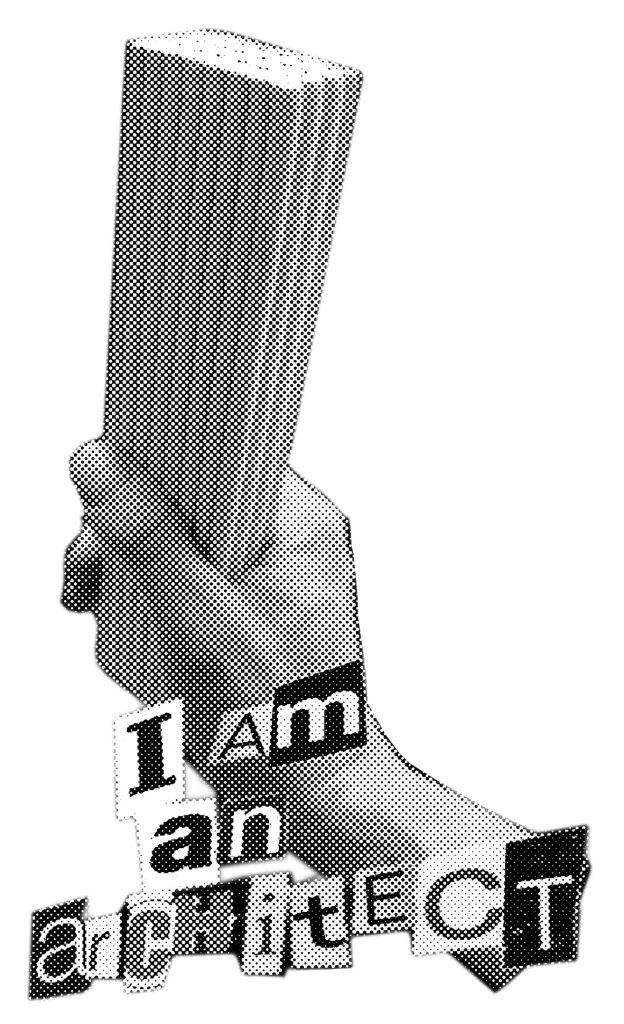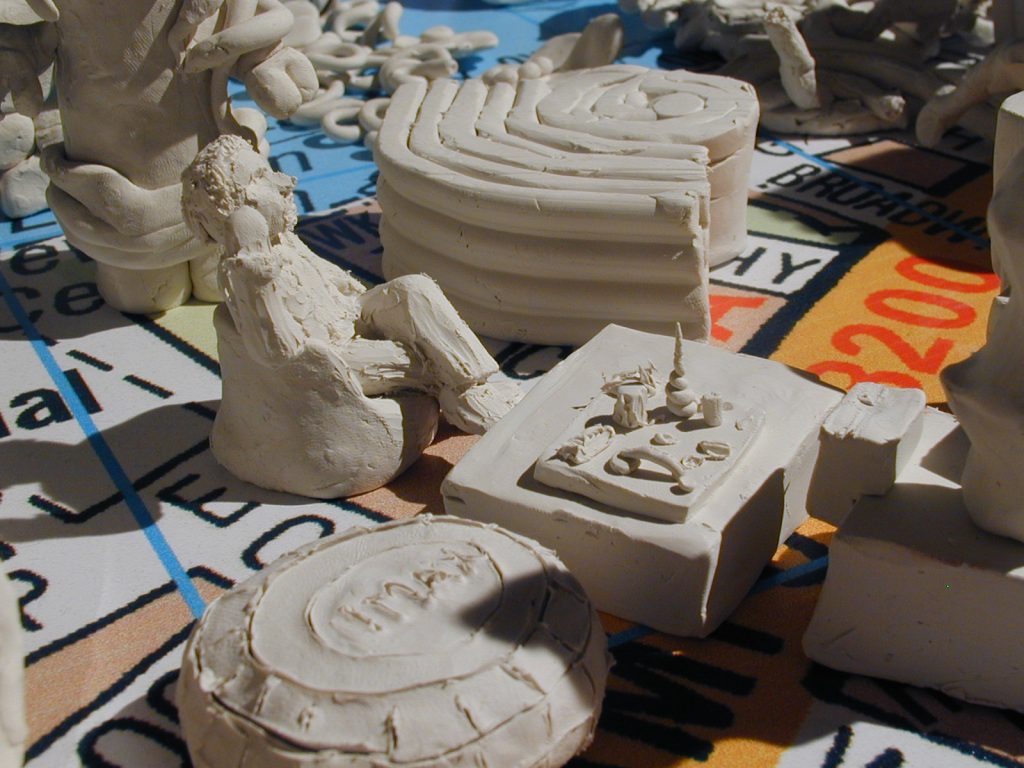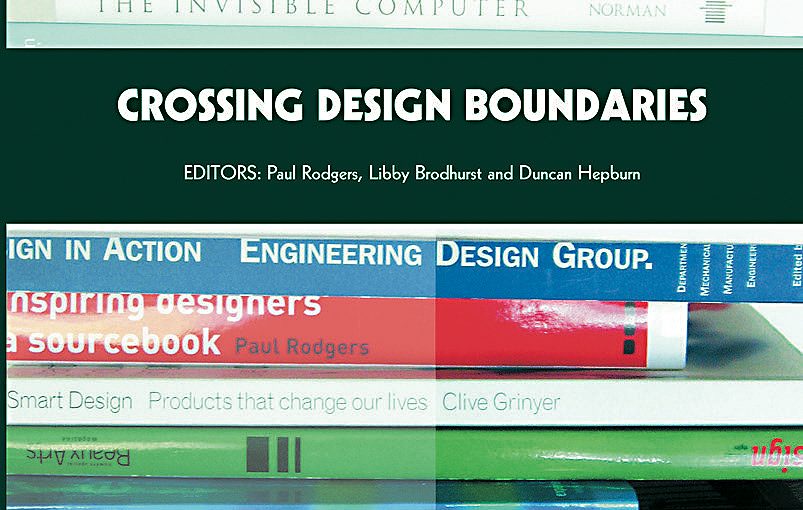A paper presented at the 3rd Engineering & Product Design Education International Conference, 15–16 September 2005, Edinburgh, Scotland. Co-author: Alex Milton. Subsequently printed in the book Crossing Design Boundaries, edited By Paul Rodgers, Libby Brodhurst, Duncan Hepburn
Abstract:
This paper explores the use of playful, collaborative design modelling as a catalyst for creativity. Play is an unavoidable and essential element in the design process, but one which is largely ignored. The dry, reductionist view of design that seeks to promote the designer as an objective, emotionless entity struggles when looking for explanations of recent design trends.
Traditional design methodologies and disciplines focus on design realisation. The paper argues that the playful use of symbolic, conceptual and physical models is an essential part of the design process, and one that is ignored at great cost. This is illustrated through a series of massparticipation creative educational workshops entitled Claystation.
Claystation is a mass-participation format for creative experimentation. The Design Transformation Group (DTG) devised it as a means of encouraging normally passive audiences in active participation. It is heavily influenced by theories of play, which the creators believe is key in the development of creative thought.
The paper will display and discuss the design methodologies developed by the group and employed within its cross-disciplinary workshops and events, and begin to explore the role of an audience in the appreciation of design practice, theory and thinking. Suggesting that sole authorship is not always everything, and that design creativity can be explored through the playfully ephemeral.
Hughes, B and Milton, A (2005), Claystation – Design Modelling and Creativity, in: Rodgers, P., Brodhurst, L., & Hepburn, D. (Eds.). (2005). Crossing Design Boundaries: Proceedings of the 3rd Engineering & Product Design Education International Conference, 15–16 September 2005, Edinburgh. Taylor and Francis, London. P.437–445
https://doi.org/10.1201/9781482265798
ISBN 9780415391184
ISBN 9780415391184



